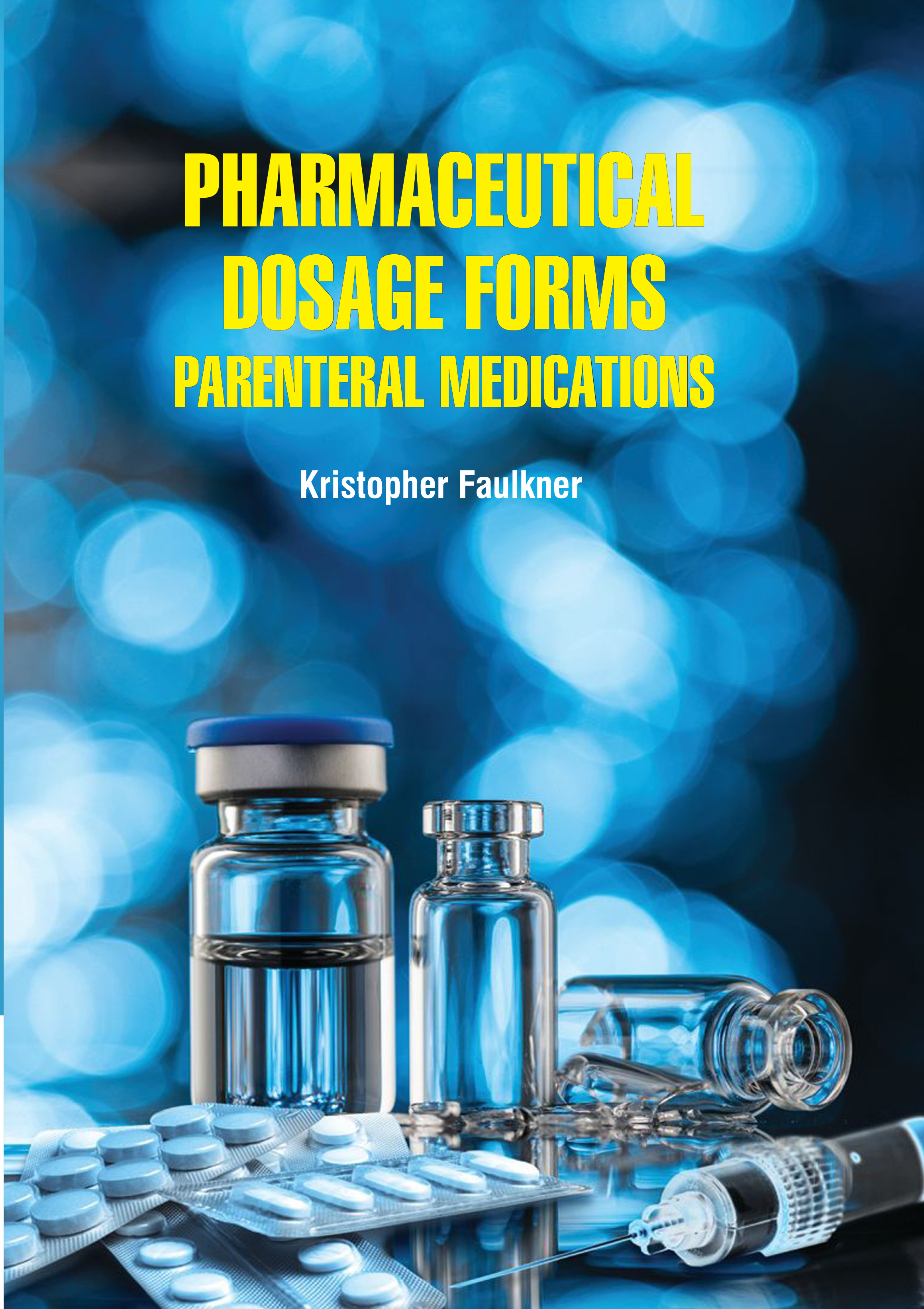
Pharmaceutical Dosage Forms: Parenteral Medications
by Kristopher Faulkner
| ISBN | 9789372429084 |
|---|---|
| Publisher | Digital Drive Learning |
| Copyright Year | 2026 |
| Price | $270.00 |

by Kristopher Faulkner
| ISBN | 9789372429084 |
|---|---|
| Publisher | Digital Drive Learning |
| Copyright Year | 2026 |
| Price | $270.00 |
Parenteral drugs, which are administered by non-oral means, such as through injection or infusion, may be a small molecule or biologic. Increases in parenteral drug development is important for related manufacturing services and ingredients, such as excipients, used to develop and produce these drugs. Parenteral refers to the path by which medication comes in contact with the body. Parenteral medications enter the body by injection through the tissue and circulatory system. Injection medications are absorbed more quickly and are used with patients who are nauseated, vomiting, restricted from taking oral fluids, or unable to swallow. Parenteral medications can be effective and safe when prepared and administered correctly. However, because they are invasive and absorbed readily and quickly into the body, there are numerous risks associated with administering them. A medication administration route is often classified by the location at which the drug is applied, such as oral or intravenous. The choice of routes in which the medications are applied depends not only on the convenience but also on the drug’s properties and pharmacokinetics. This activity describes medication administration routes and explains the interprofessional team's role in improving care for patients who undergo medication administration. Parenteral drug administration refers to drugs given by routes other than the digestive tract. The term parenteral is usually used for drugs given by injection or infusion. The enteral route usually refers to taking drugs by mouth. This book is an authoritative, comprehensive reference work on the formulation and manufacture of parenteral dosage forms, effectively balancing theoretical considerations with the practical aspects of their development.